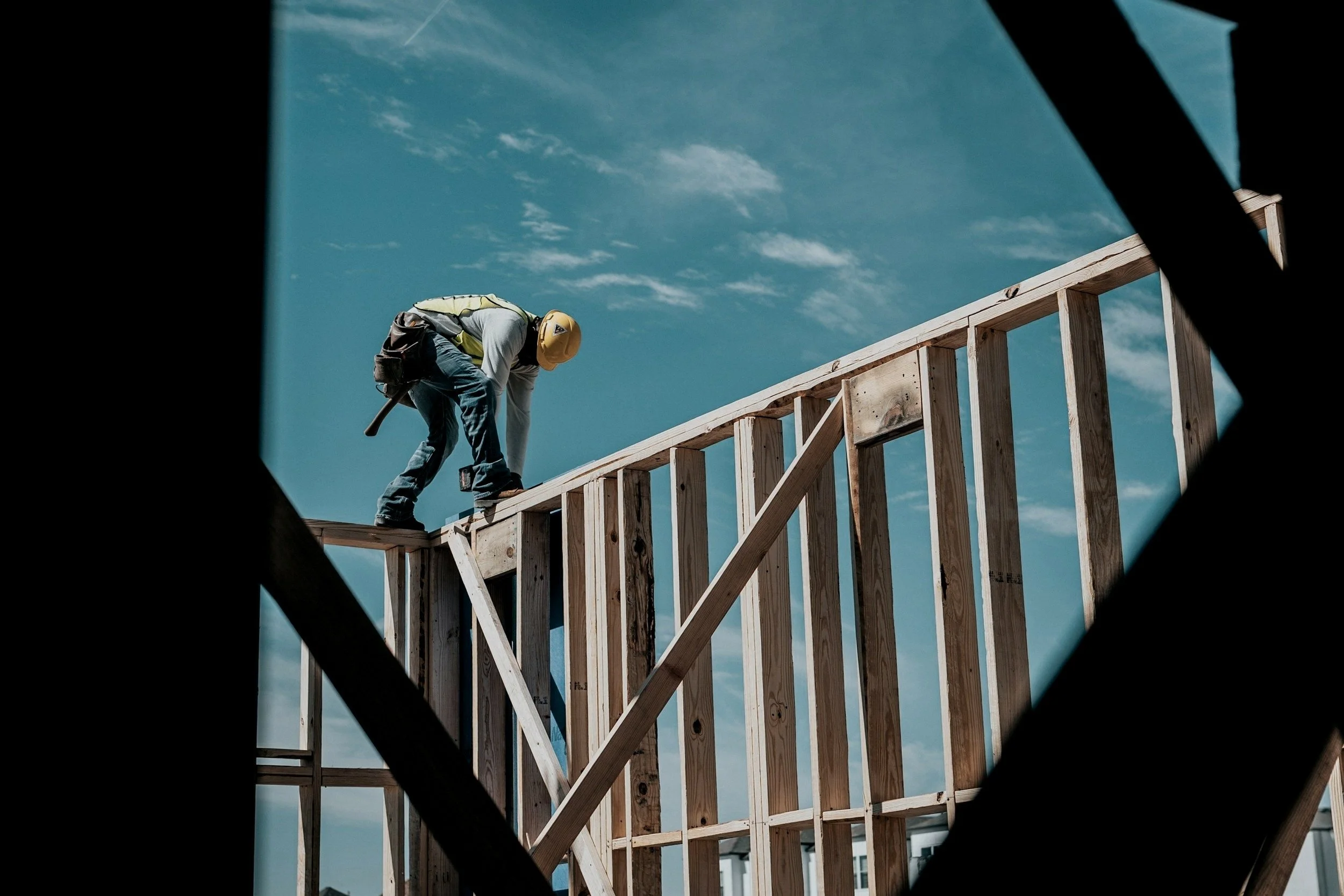Major Changes For The Construction Industry
Introduction
The Hackitt Report into the Grenfell Tower disaster will have a lasting impact on the UK construction industry. Our managing partner, Arianne Elise King, explains how, to Build Magazine.
‘In the early hours of 14 June 2017, a fire spread through Grenfell Tower. Seventy-one people died, many homes were destroyed and countless lives have been affected?This tragic incident should not have happened in our country in the 21st century. We now all have the opportunity to respond in a way that will lead to lasting change that makes people safer in the future.’
– DAME JUDITH HACKITT, Chair of the Independent Review of Building Regulations and Fire Safety
The seismic impact of the Grenfell Tower fire on the construction industry is still being felt more than a year on. The government’s immediate response to the tragedy was to commission an independent review of building regulations and fire safety. The aim of this review was not to investigate Grenfell Tower, but rather to make recommendations on a future regulatory system.
Dame Judith Hackitt was appointed to lead the review, and in her initial December 2017 report, she concluded that the regulatory system covering high rise and complex buildings was not fit for purpose. Dame Hackitt has since issued a final report, ‘Building a Safer Future – Independent Review of Building Regulations and Fire Safety: Final Report, May 2018,’ which expands upon her initial findings and makes concrete recommendations.
Although it is currently unknown when and to what extent these recommendations will be adopted, the Hackitt Report’s recommendations nevertheless have immediate ramifications for the construction industry across the entire life cycle of a building, from design to the occupation. With a new regulatory authority and heightened penalties on the horizon, the construction industry would be wise to align itself with the impending changes.
Independent oversight by a new authority
Hackitt proposes a Joint Competent Authority (comprising Local Authority Building Standards, fire and rescue authorities and the Health and Safety Executive) to oversee better management of safety risks in high-risk residential buildings.
While the new regulatory framework is focused on buildings above ten storeys, the ideas put forth in the report are intended to have broader application to a wider range of buildings. Consequently, there is no reason why duty holders of buildings below this height should not follow the same guidelines and principles of the new regulatory framework.
Clearer duty holder roles and responsibilities
Hackitt notes a lack of clarity on roles and responsibilities of the various parties responsible for building safety – from procurement, design, and construction to the maintenance of buildings. There is ambiguity over where responsibility lies, exacerbated by an absence of coordination and accountability in the industry.
The report recommends adopting an approach similar to the Construction Design and Management (CDM) Regulations 2015, which govern the health, safety, and welfare of construction projects. Hackitt states that, ‘The current CDM Regulations make those who commission construction work and those who are key in the design and construction process responsible for eliminating, reducing or controlling foreseeable risks that may arise.’
The report further specifies that there should a clear and identifiable duty holder who is responsible for the building safety of the whole building. This duty holder should be the building owner or landlord, who would not only maintain the fire and structural safety of the whole building, but also identify and make improvements where reasonable and practicable.
Stricter penalties
The report also proposes stricter penalties for those who fail to comply with the standards which fall within the framework. The Hackitt Report recognises that the new regulatory framework, ‘must have real teeth, so that it can drive the right behaviours.’ Such penalties would replicate the full range of penalties assigned in the Health and Safety at Work Act. Accordingly, penalties for failure to comply with safety standards could include unlimited fines and even imprisonment.
Better documentation
Hackitt stresses the importance of documentary evidence, which must be produced throughout the life-cycle of a building, to provide both assurance and evidence the building has been built safely and is fit for purpose.
It is crucial that contractors properly document their work, maintaining records of tests, inspection reports, and changes made. The culture of careless recordkeeping and sloppy paperwork must come to an end.
Improved testing regime for products
The report also advocates for a more rigorous and transparent product testing regime, finding the current process for testing and ‘certifying’ products to be overly complex.
Interestingly, Hackitt did not object to the future use of combustible cladding on high-rise buildings, such as that installed at Grenfell. Nevertheless, when choosing materials for buildings, contractors should make their own assessment as to the feasibility and safety of materials.
Conclusion
The overall implication of the Hackitt report is that contractors should be prepared to take greater responsibility for building safety and to think for themselves in order to deliver safety and integrity throughout the life cycle of a building.
Although legislative change will take time to fully implement, it can only benefit contractors to begin to adjust their behaviour now to conform to the higher safety standards they will be held to. There will be far stricter enforcement of building safety regulations, and a breach of such regulations could be considered a criminal offence, subject to hefty fines or even imprisonment.





